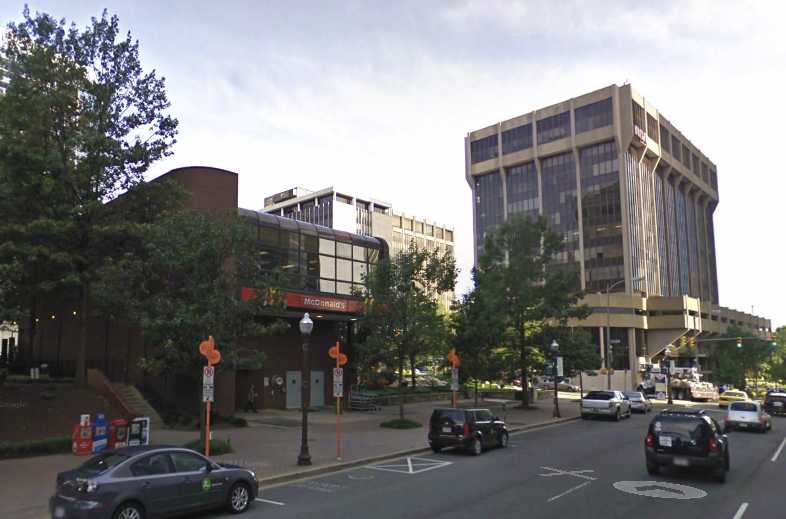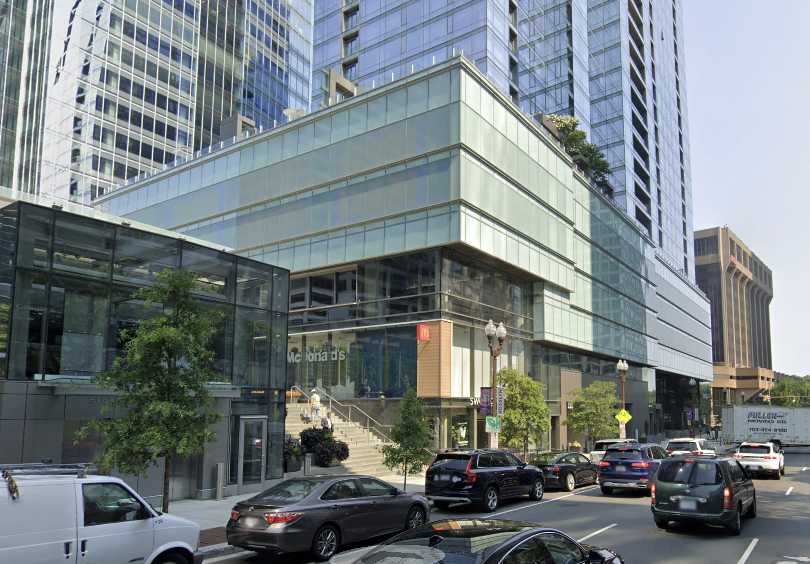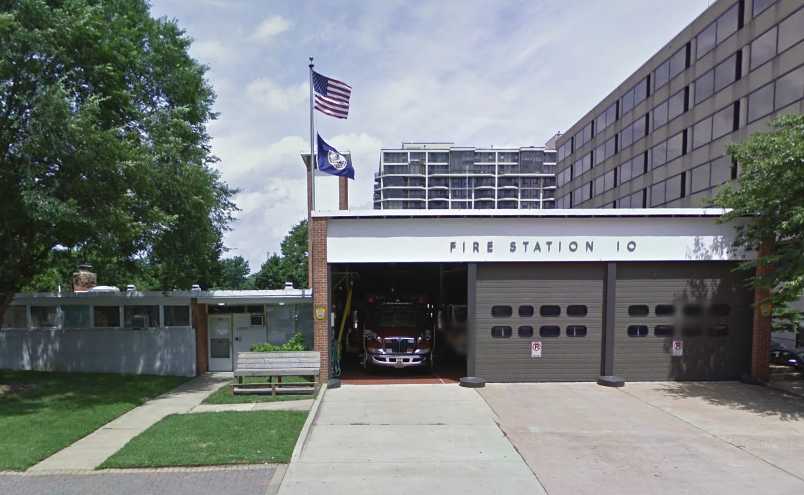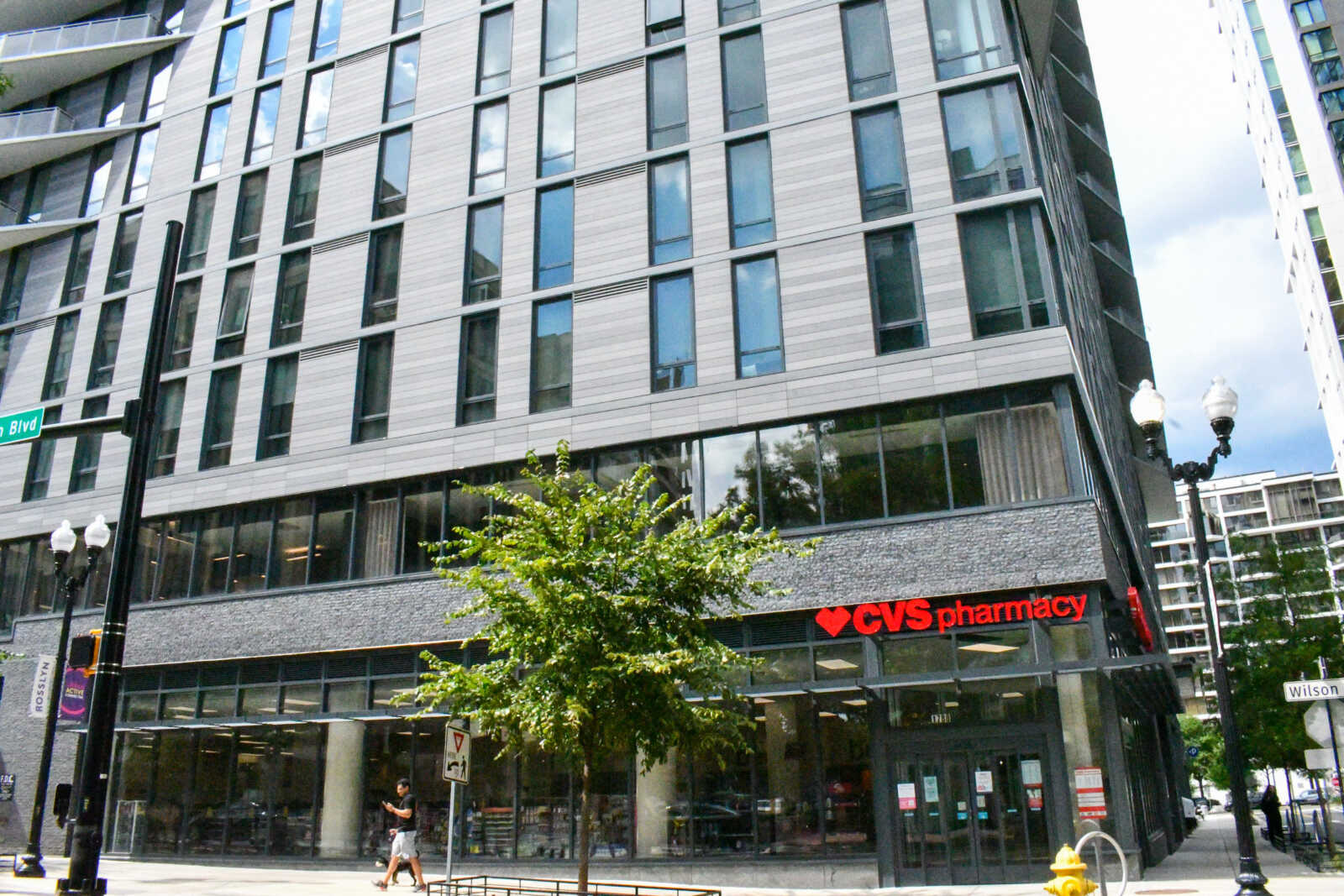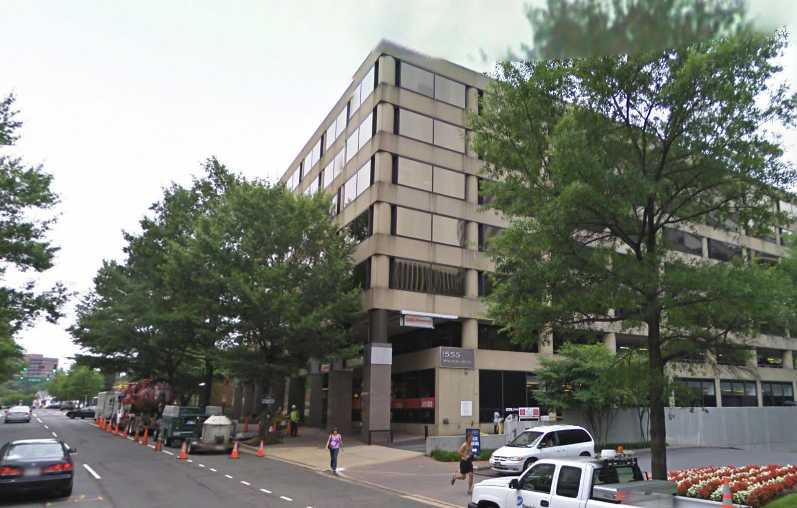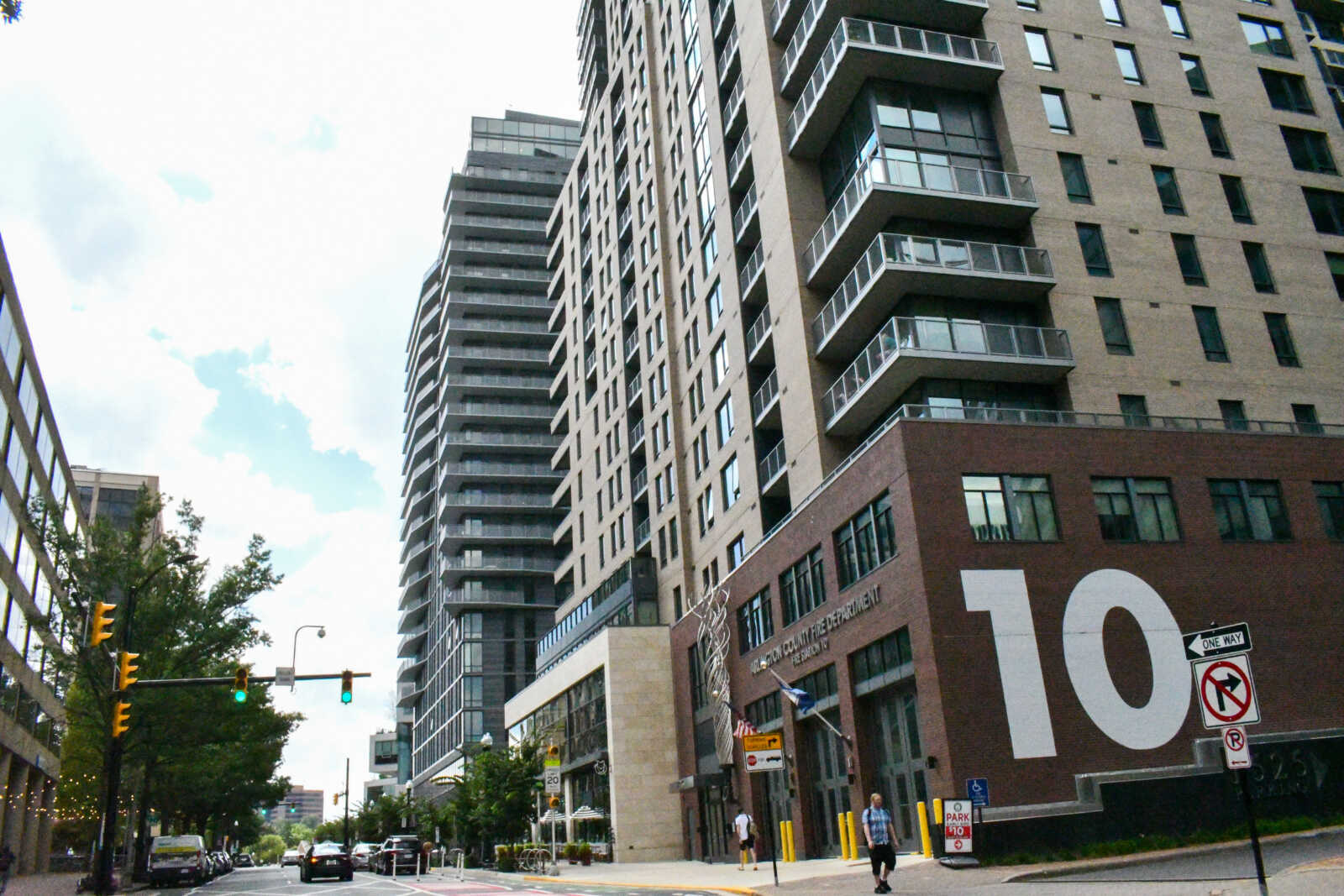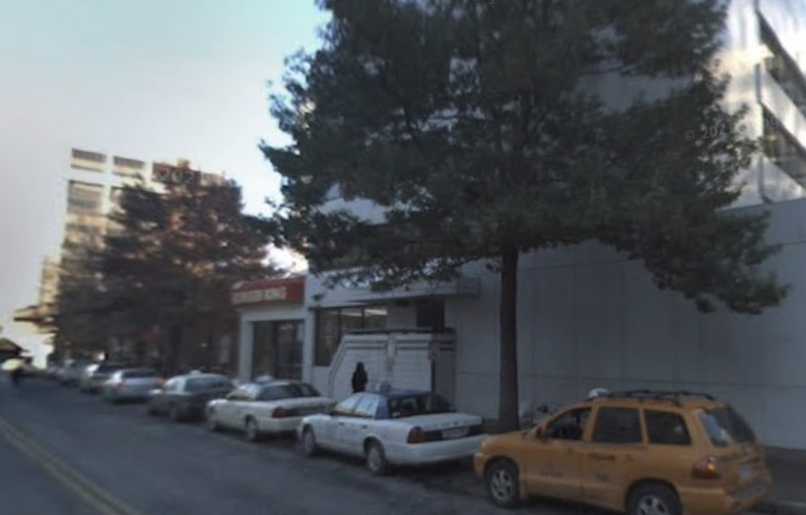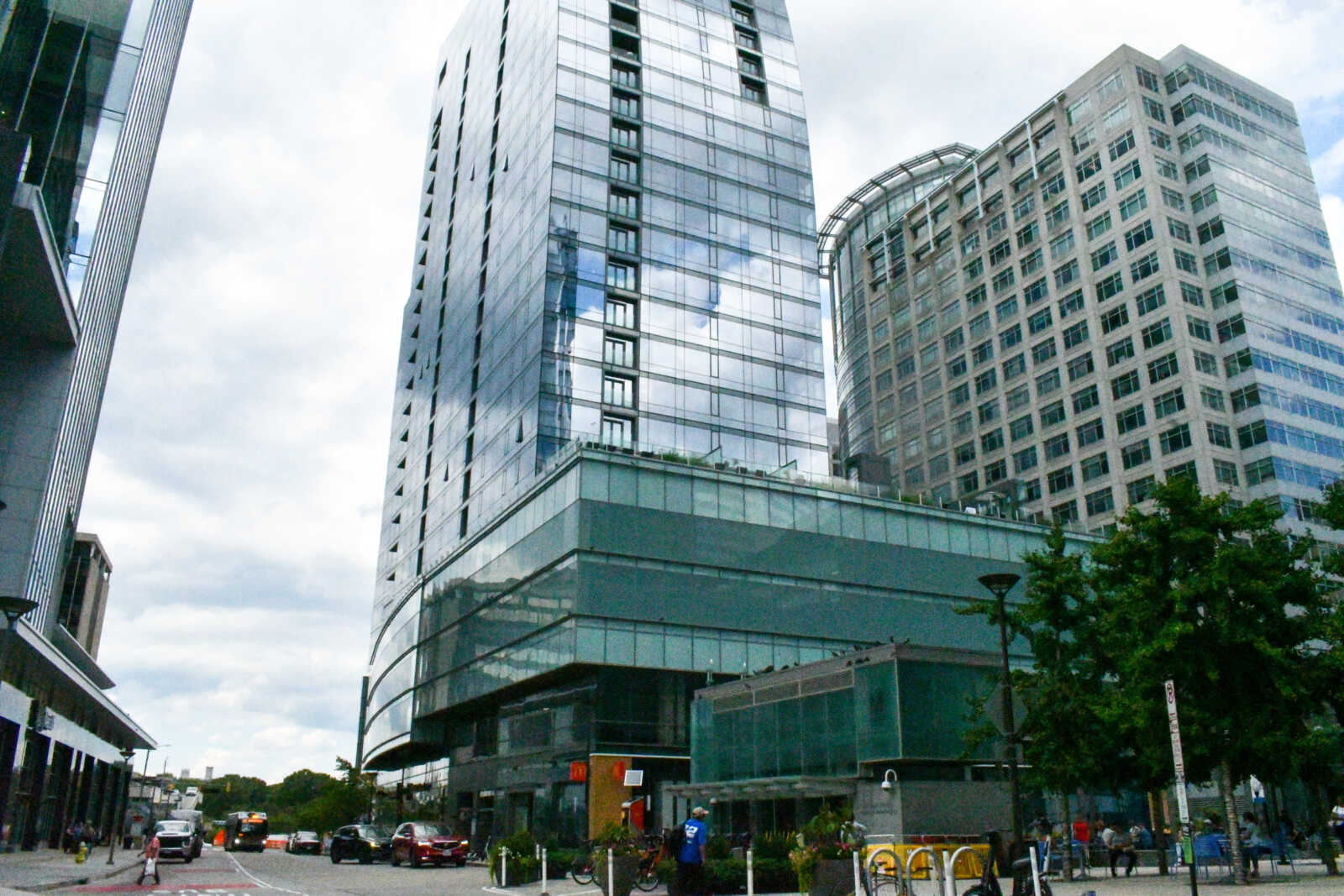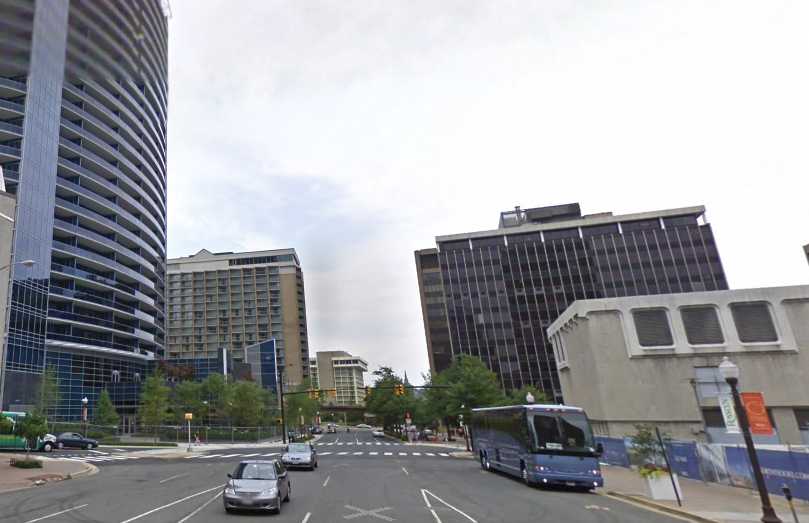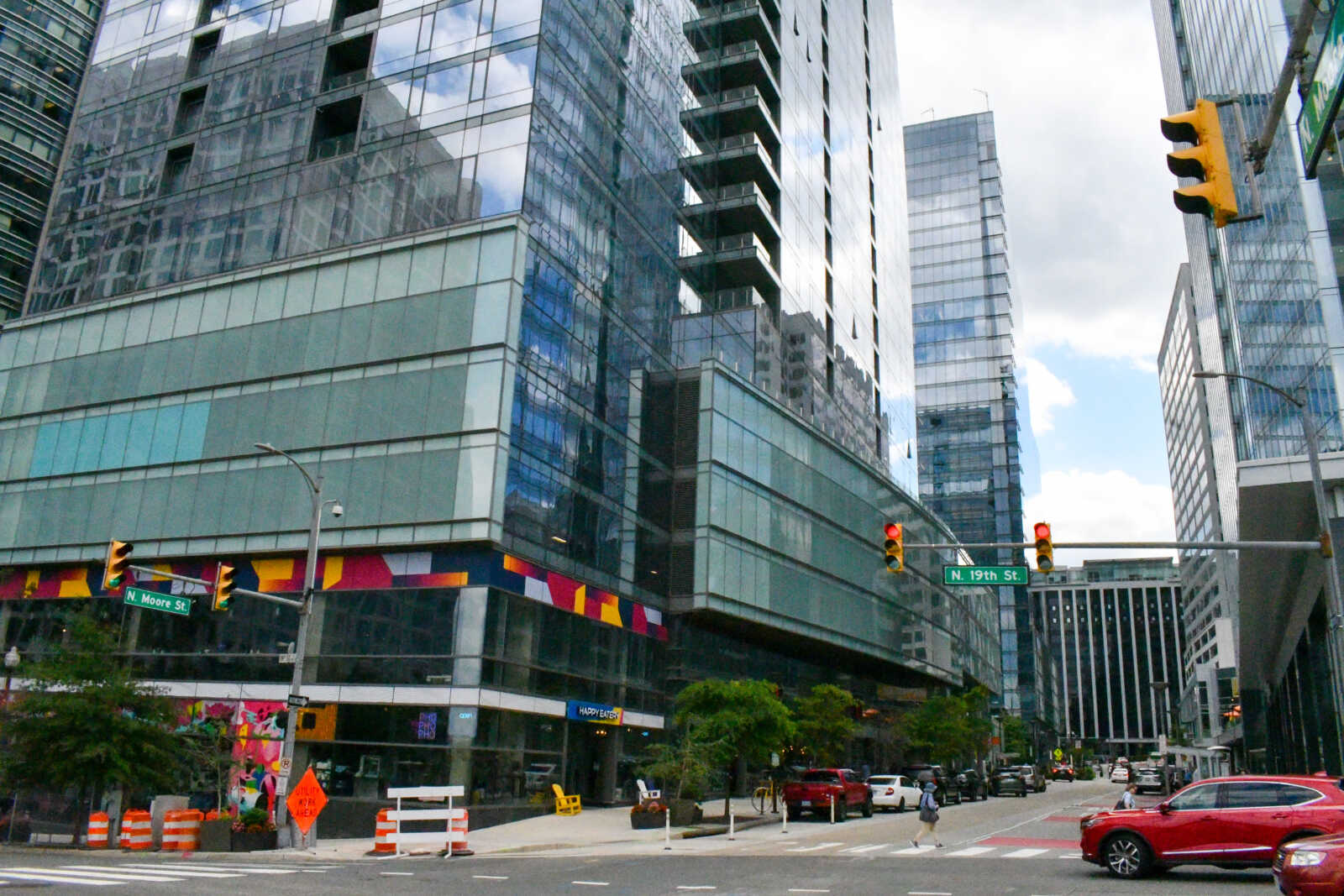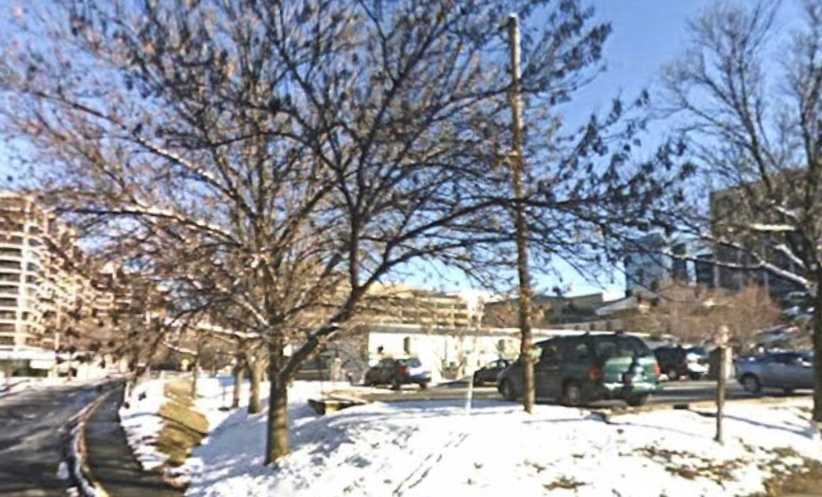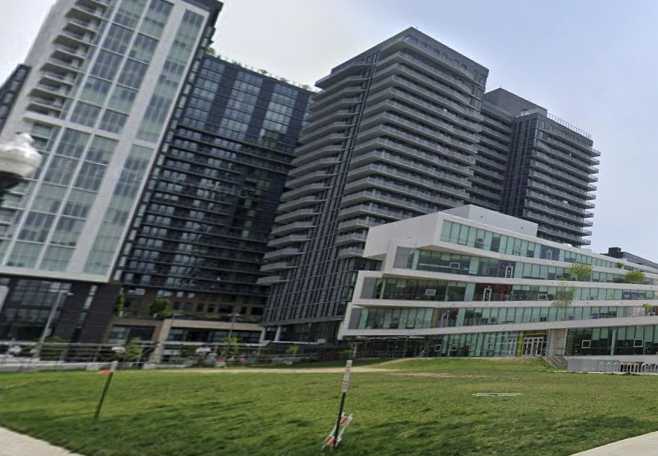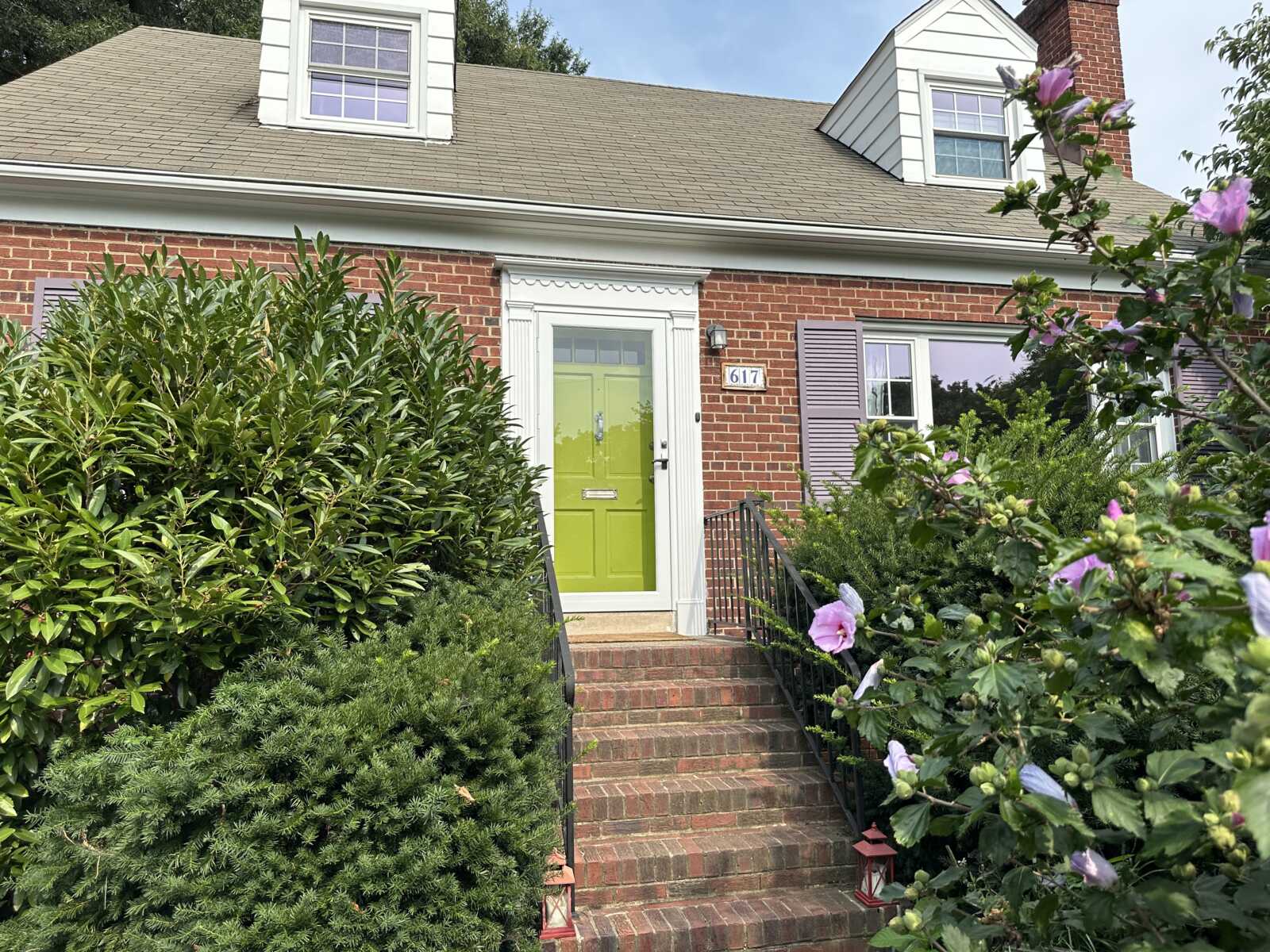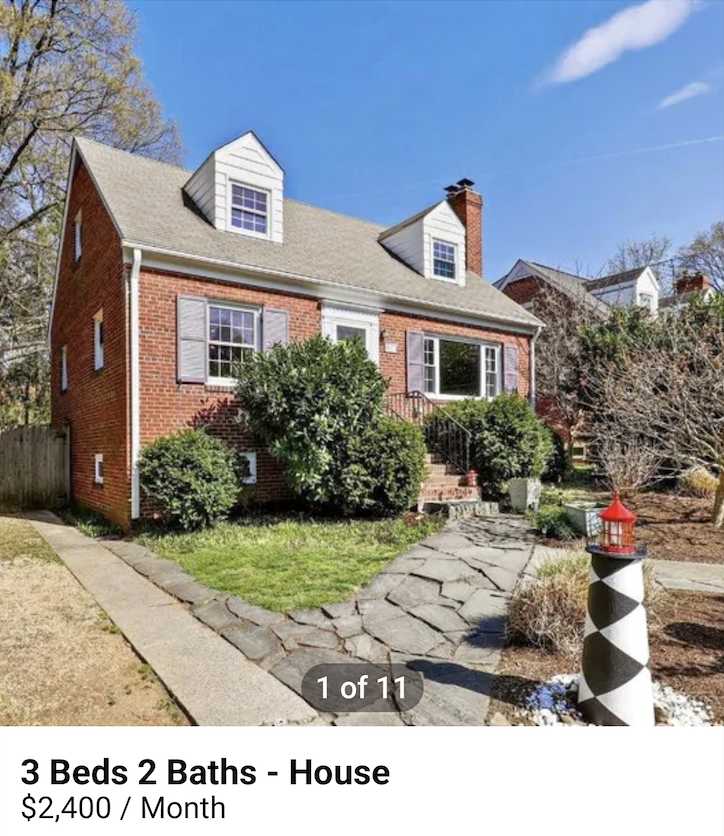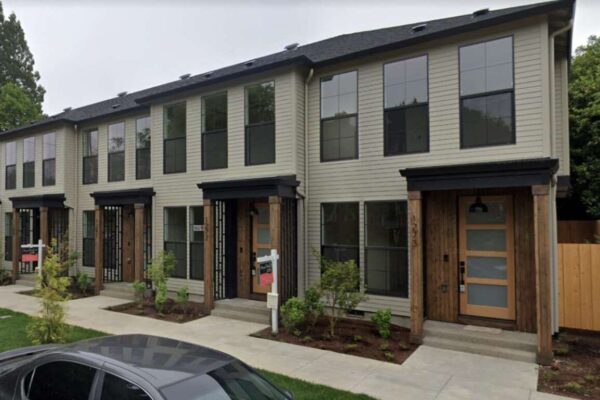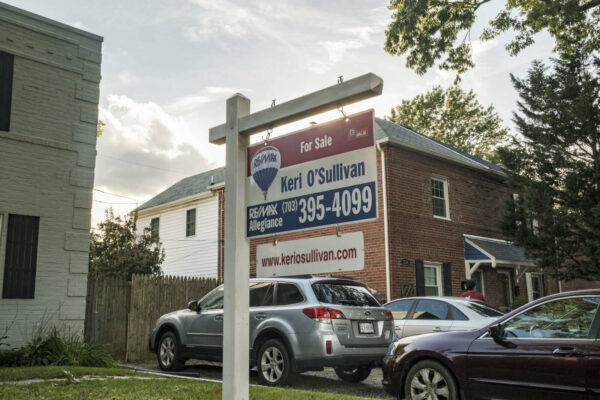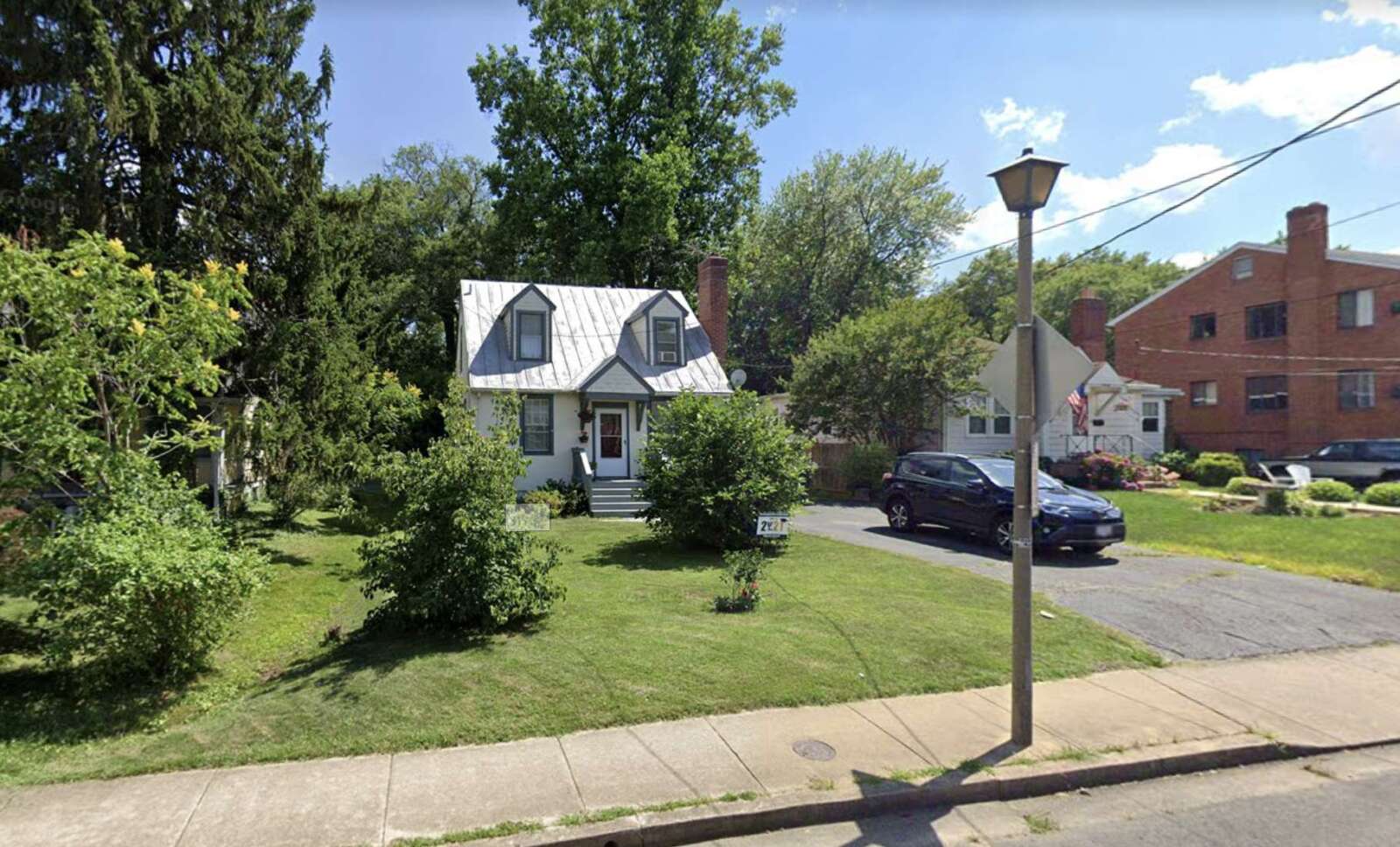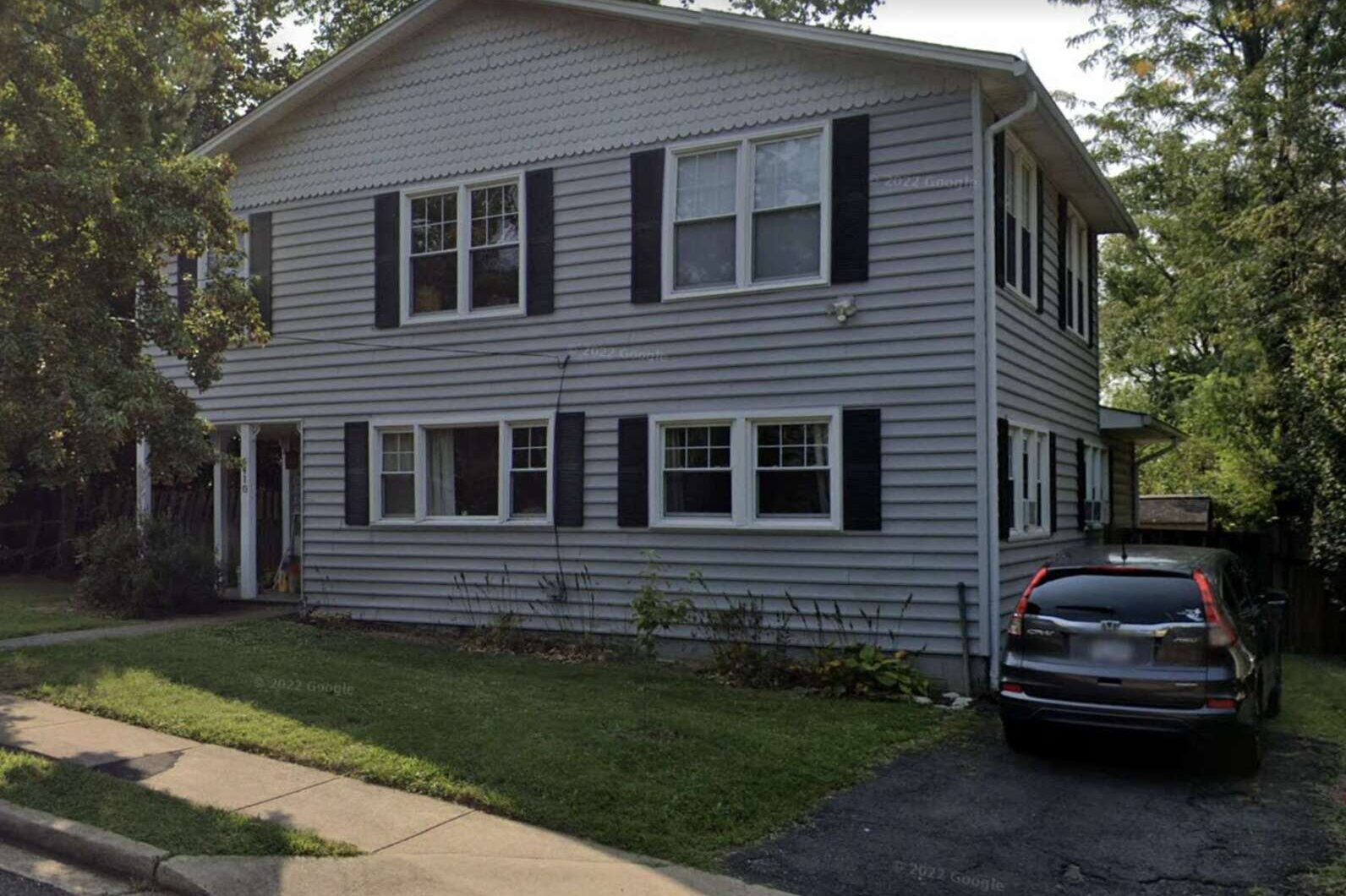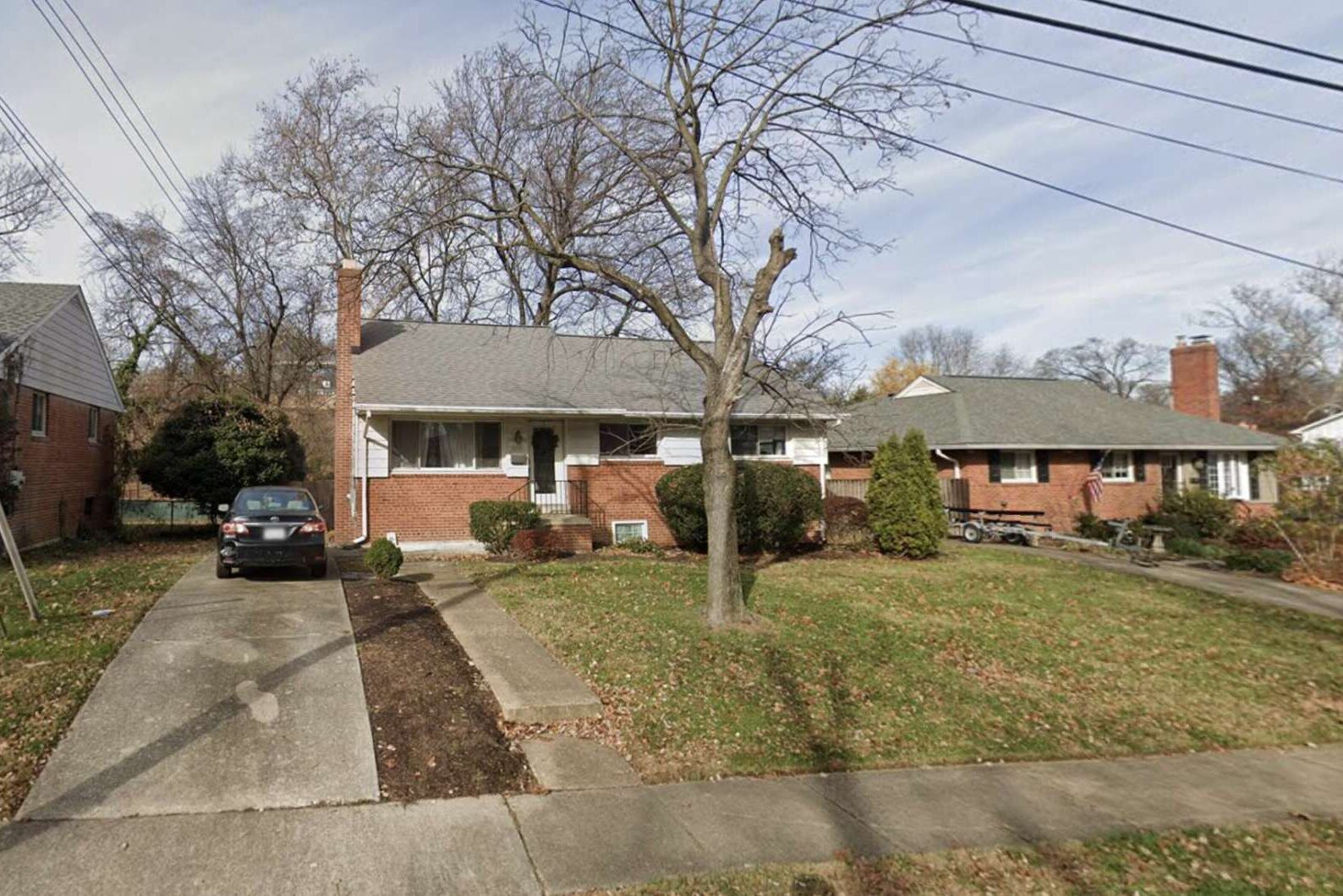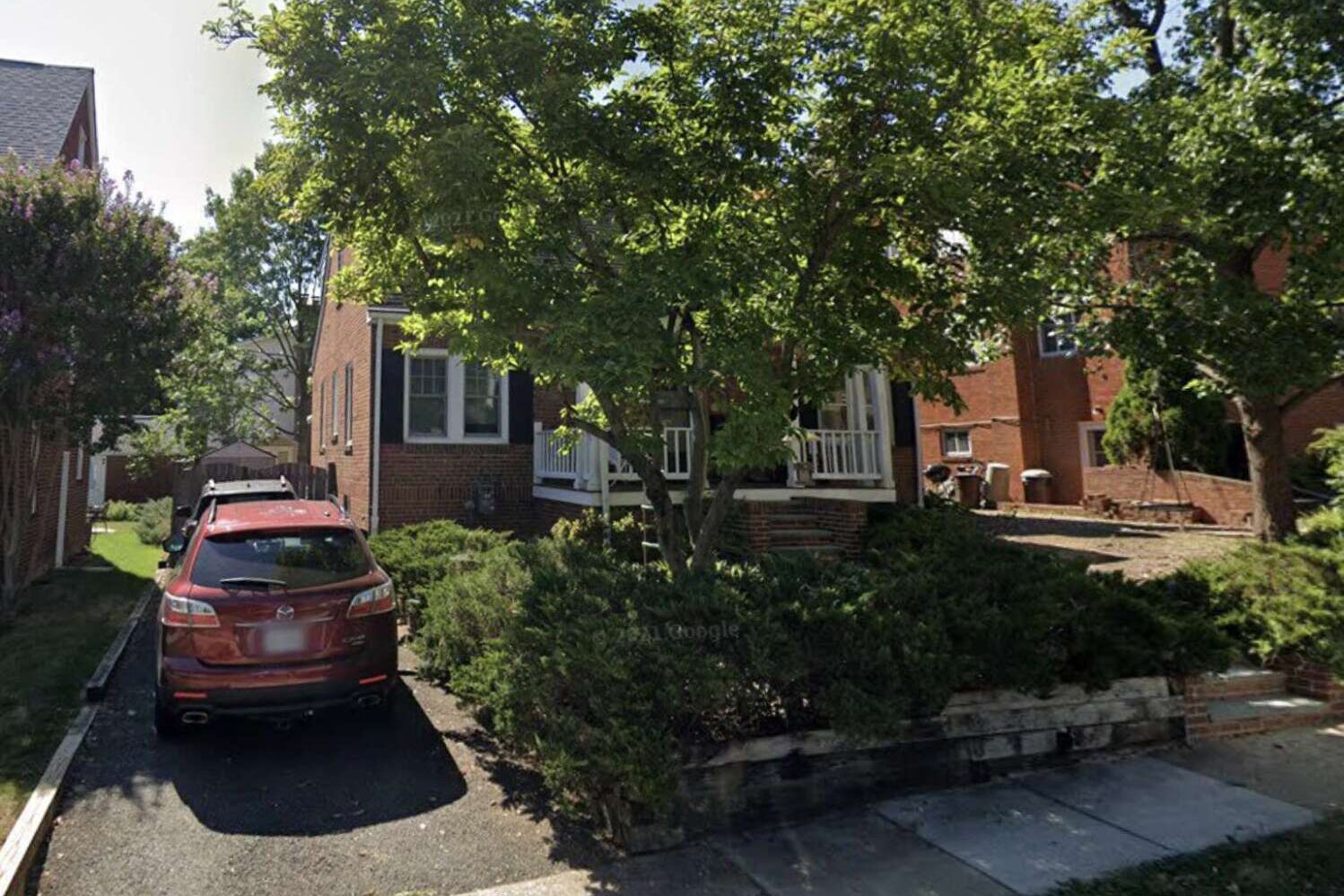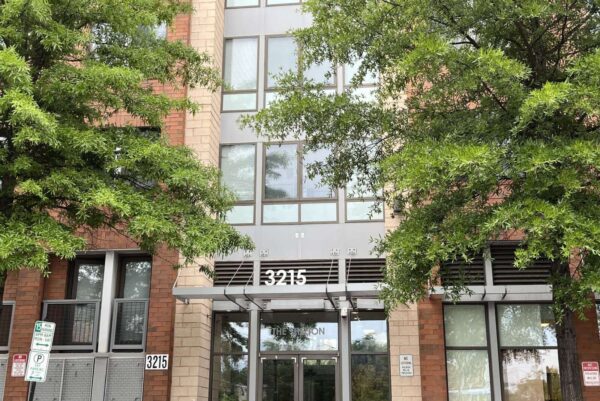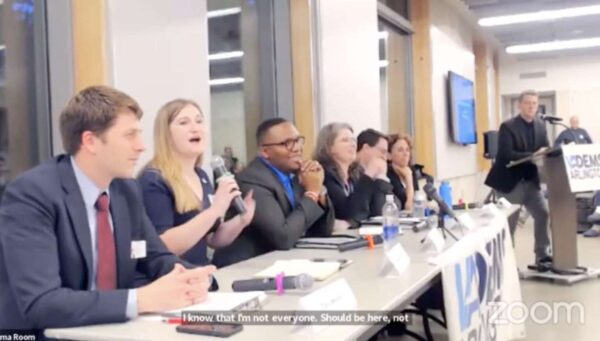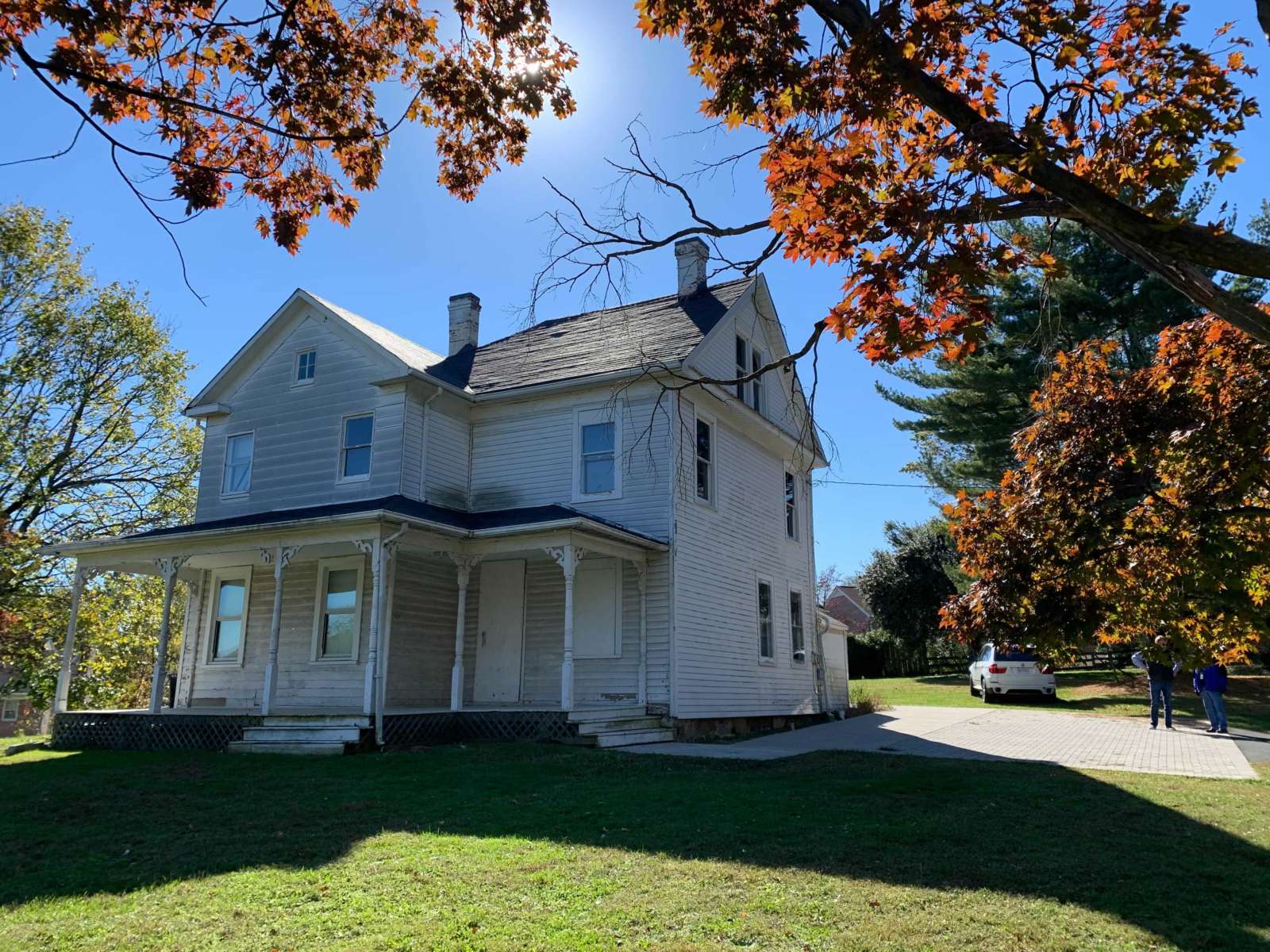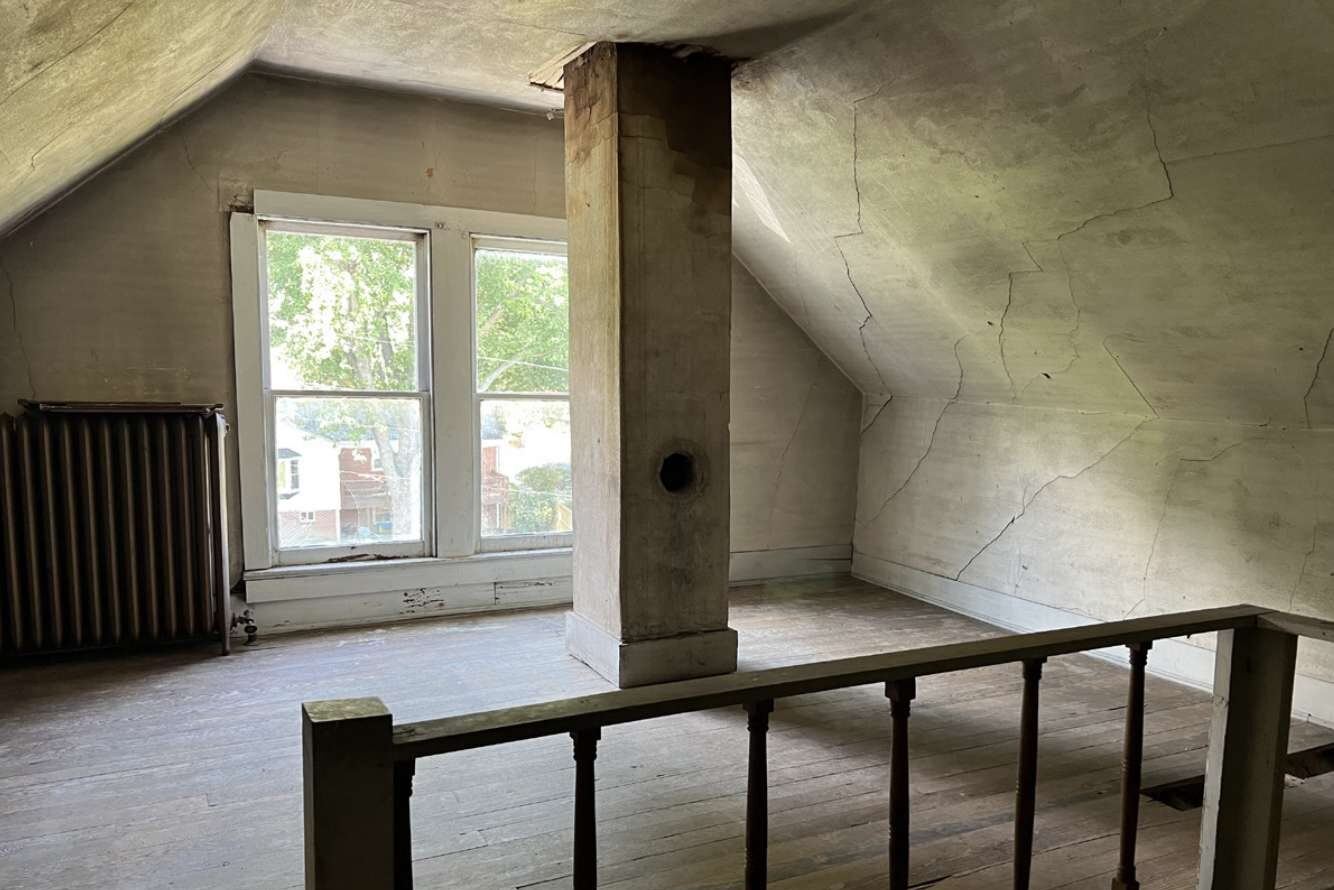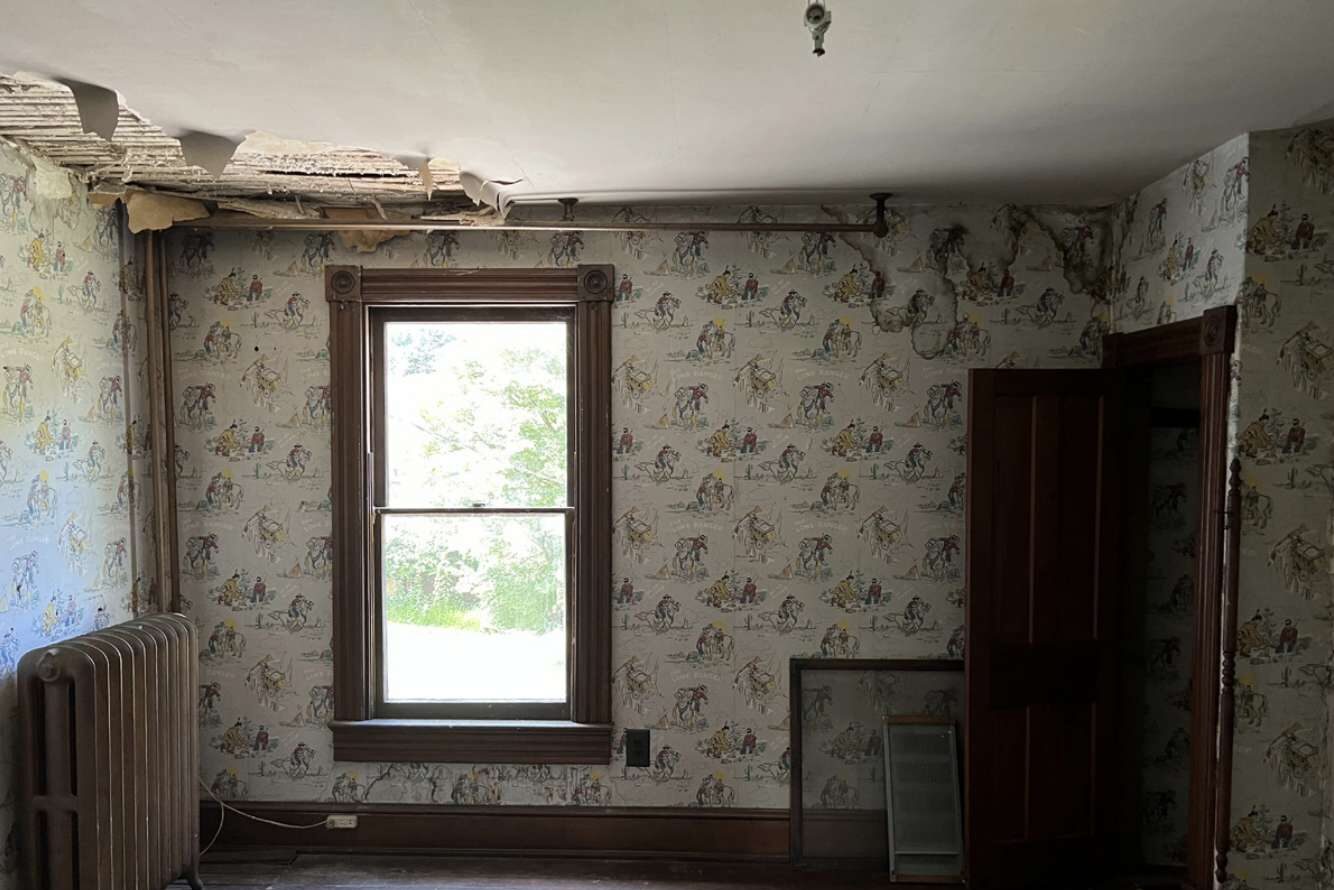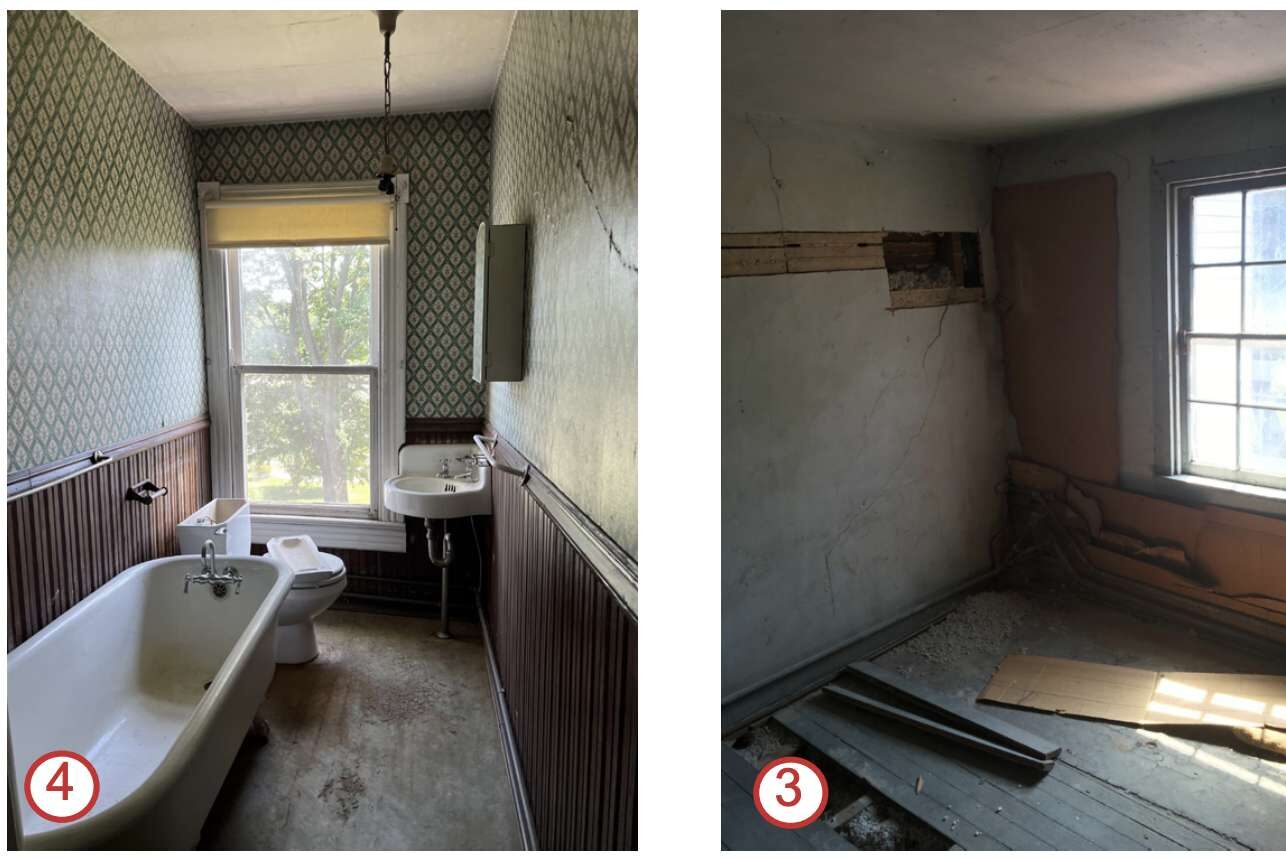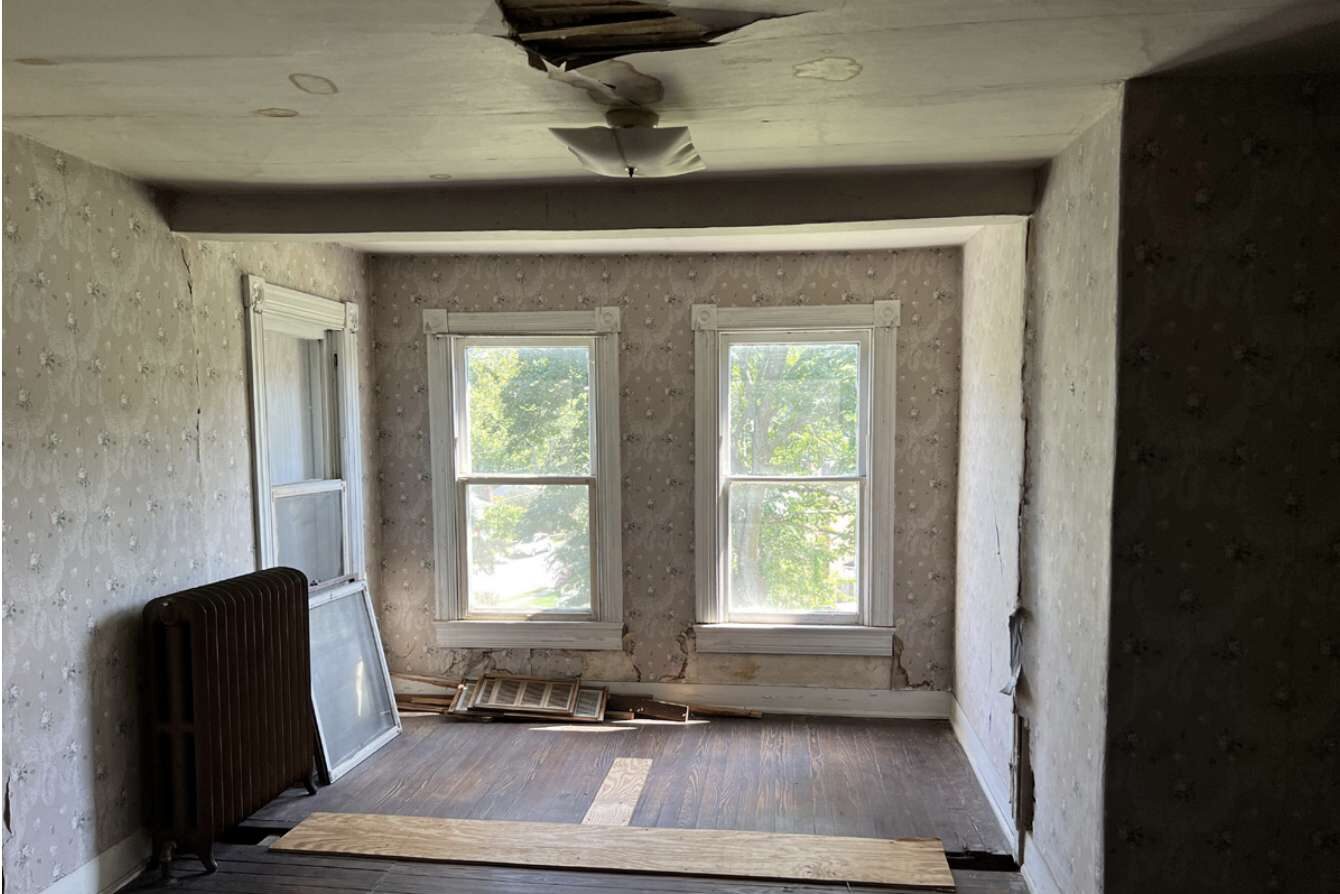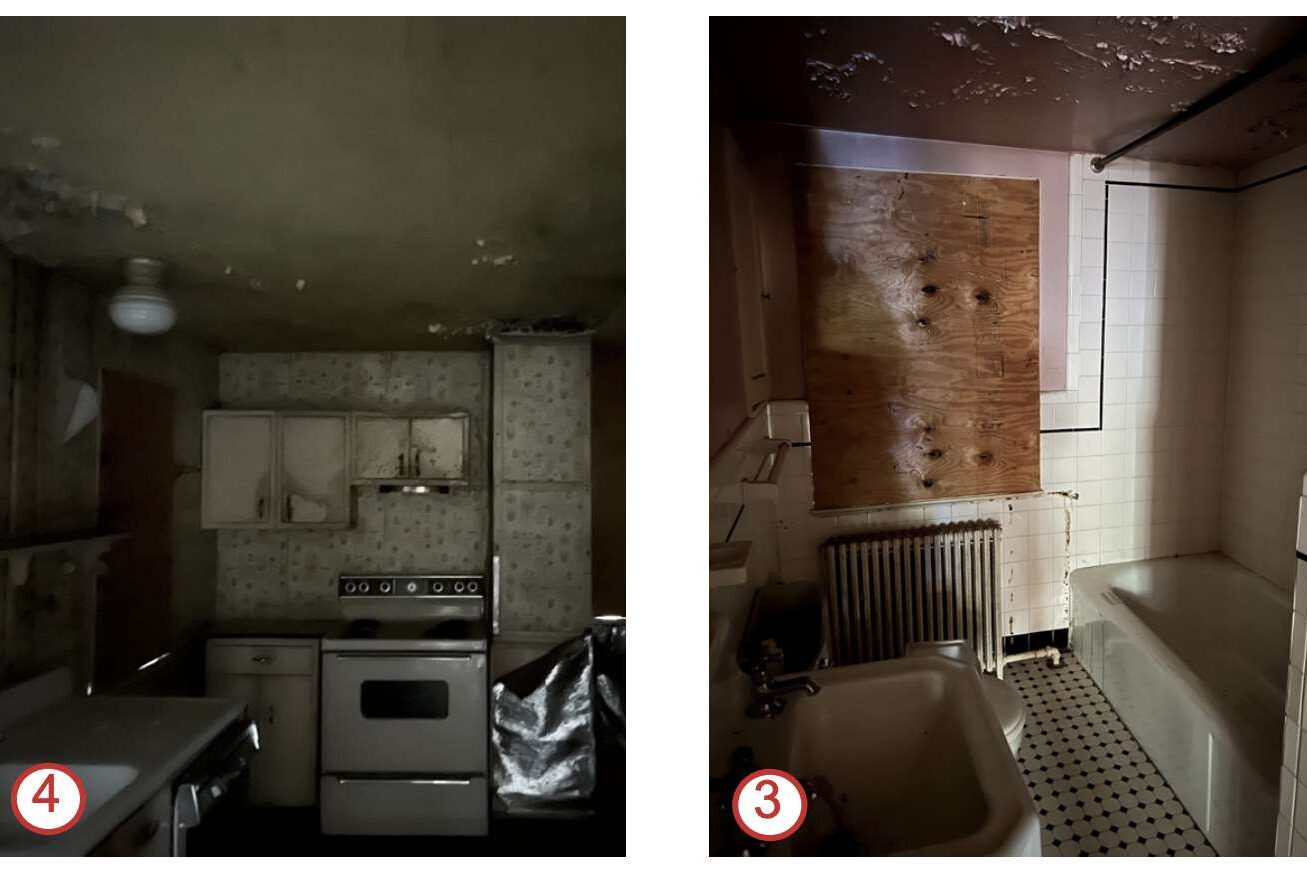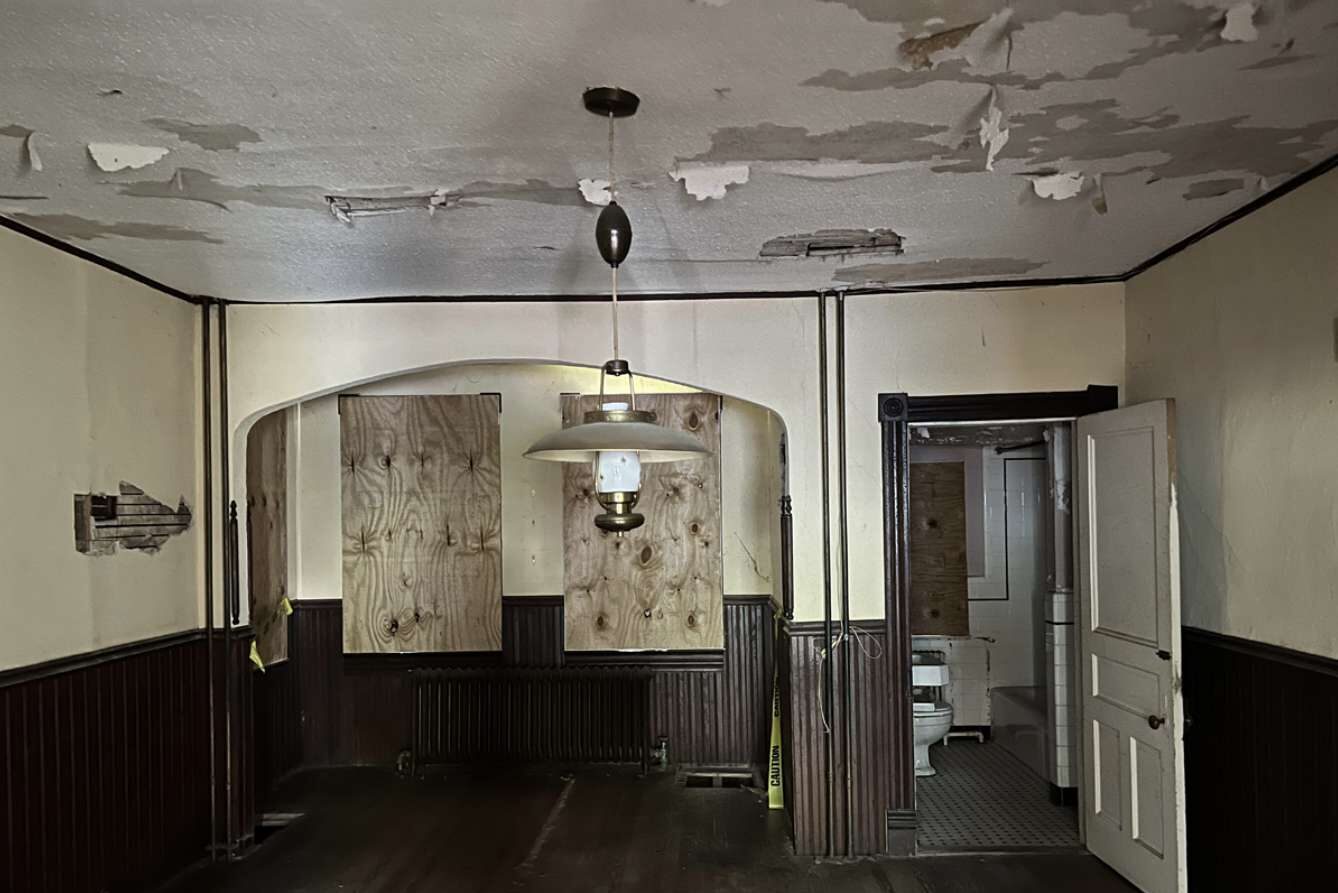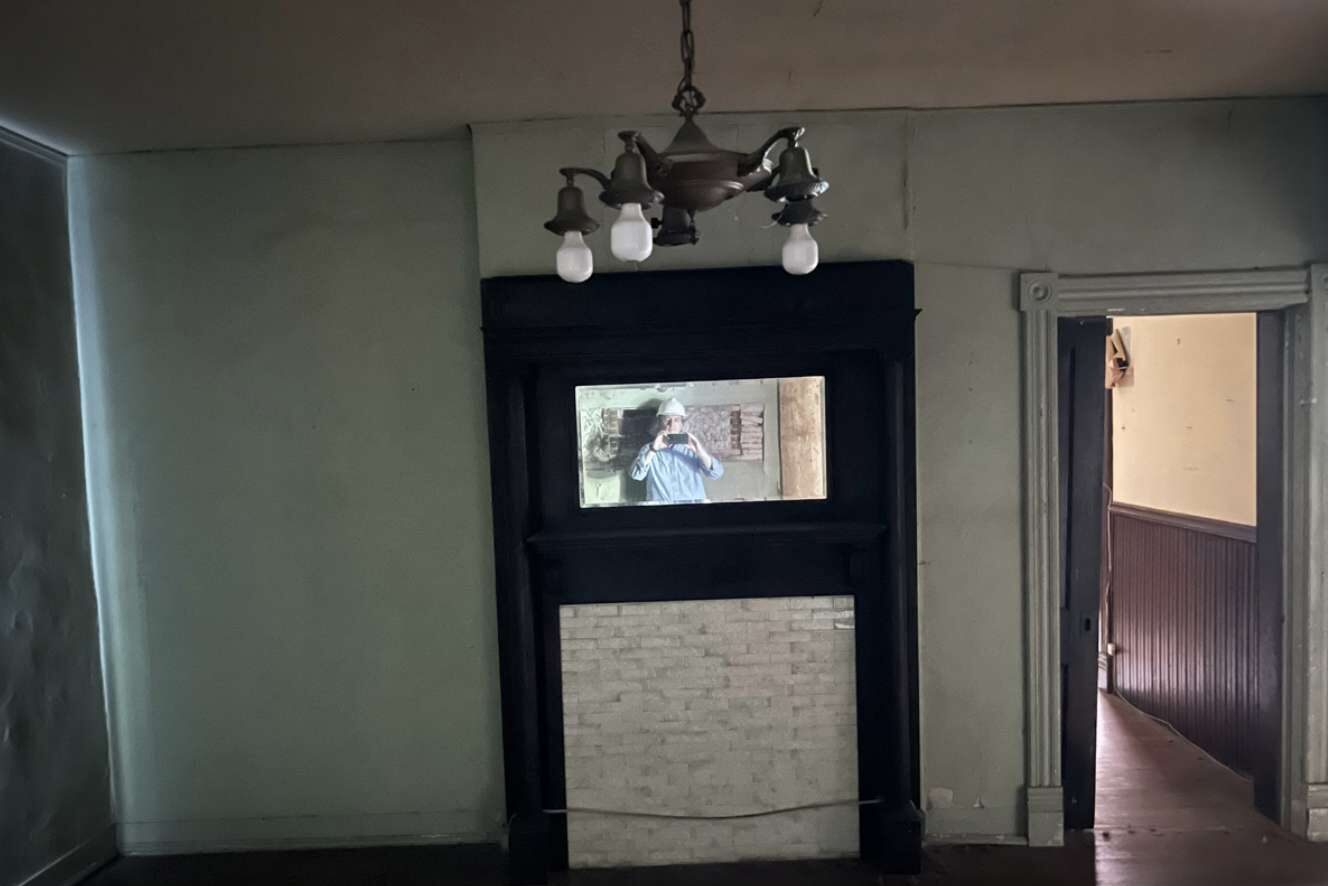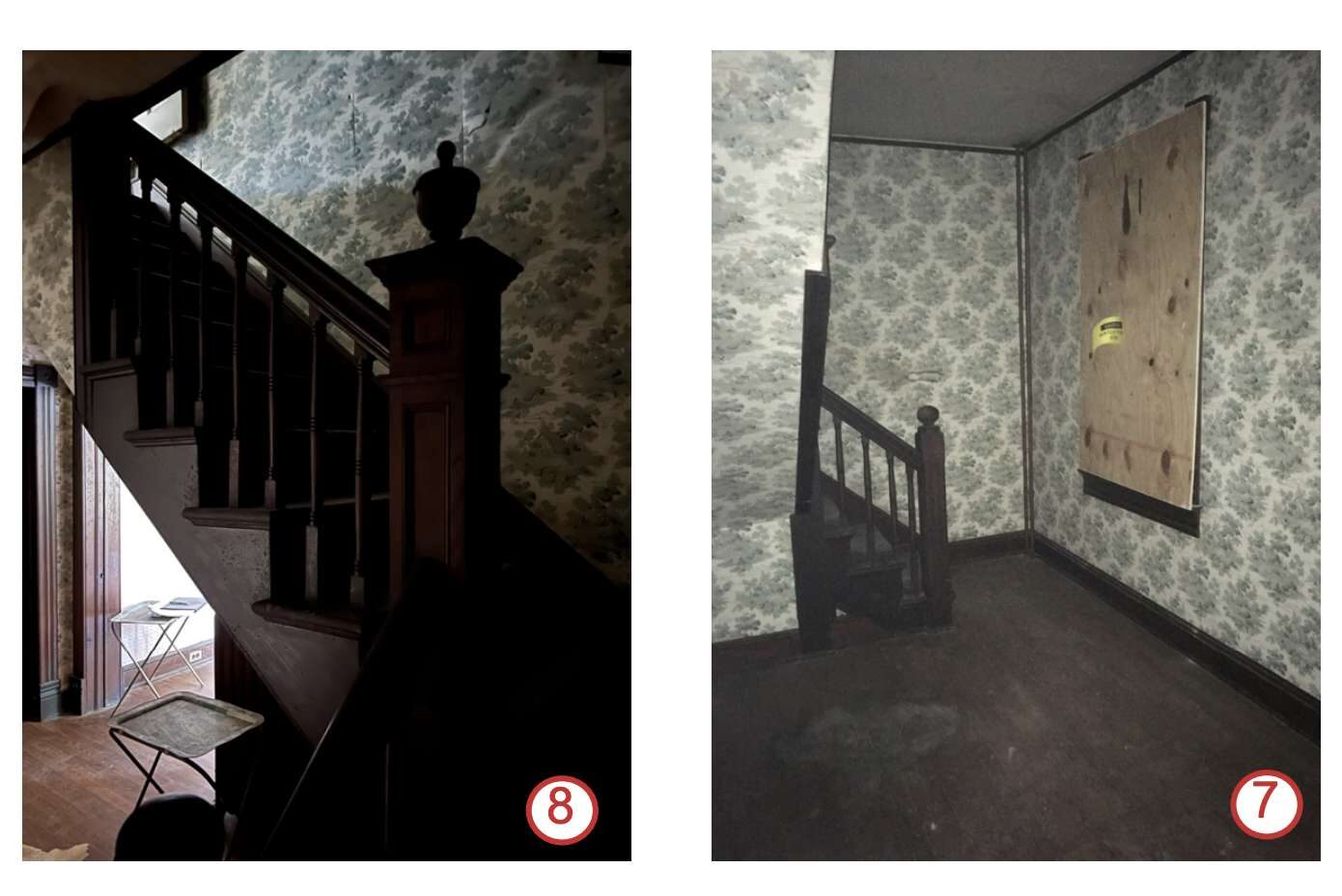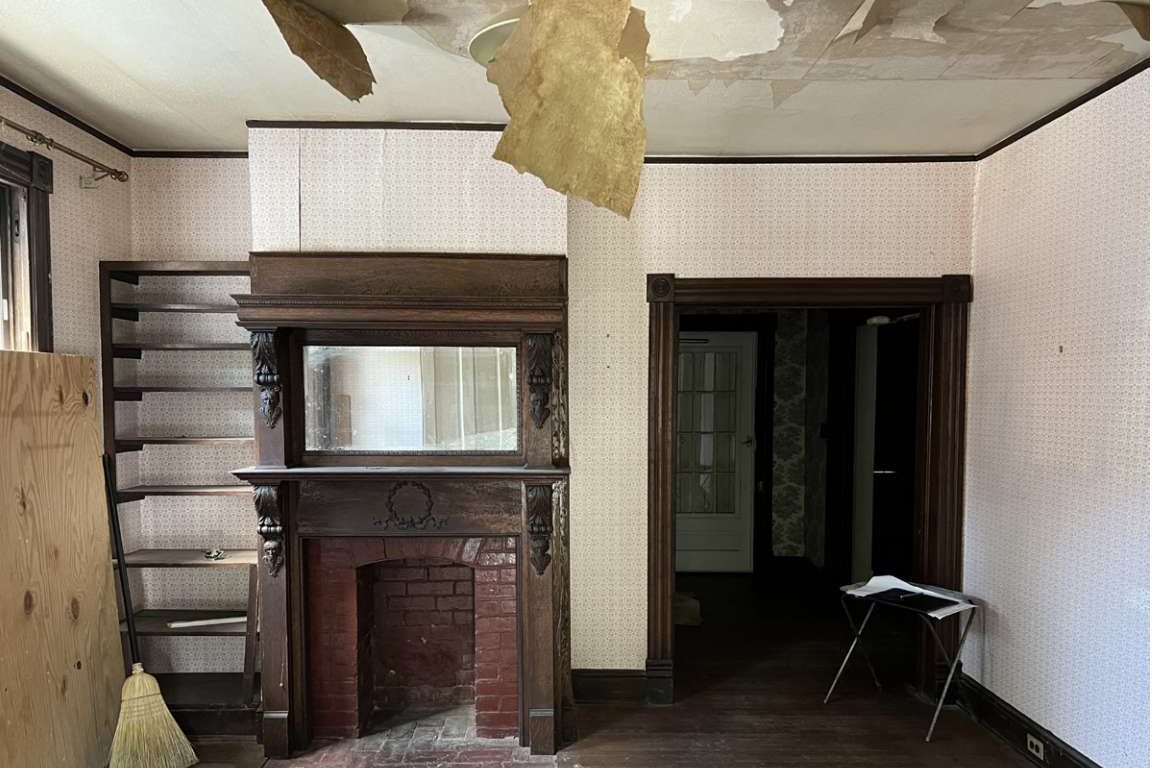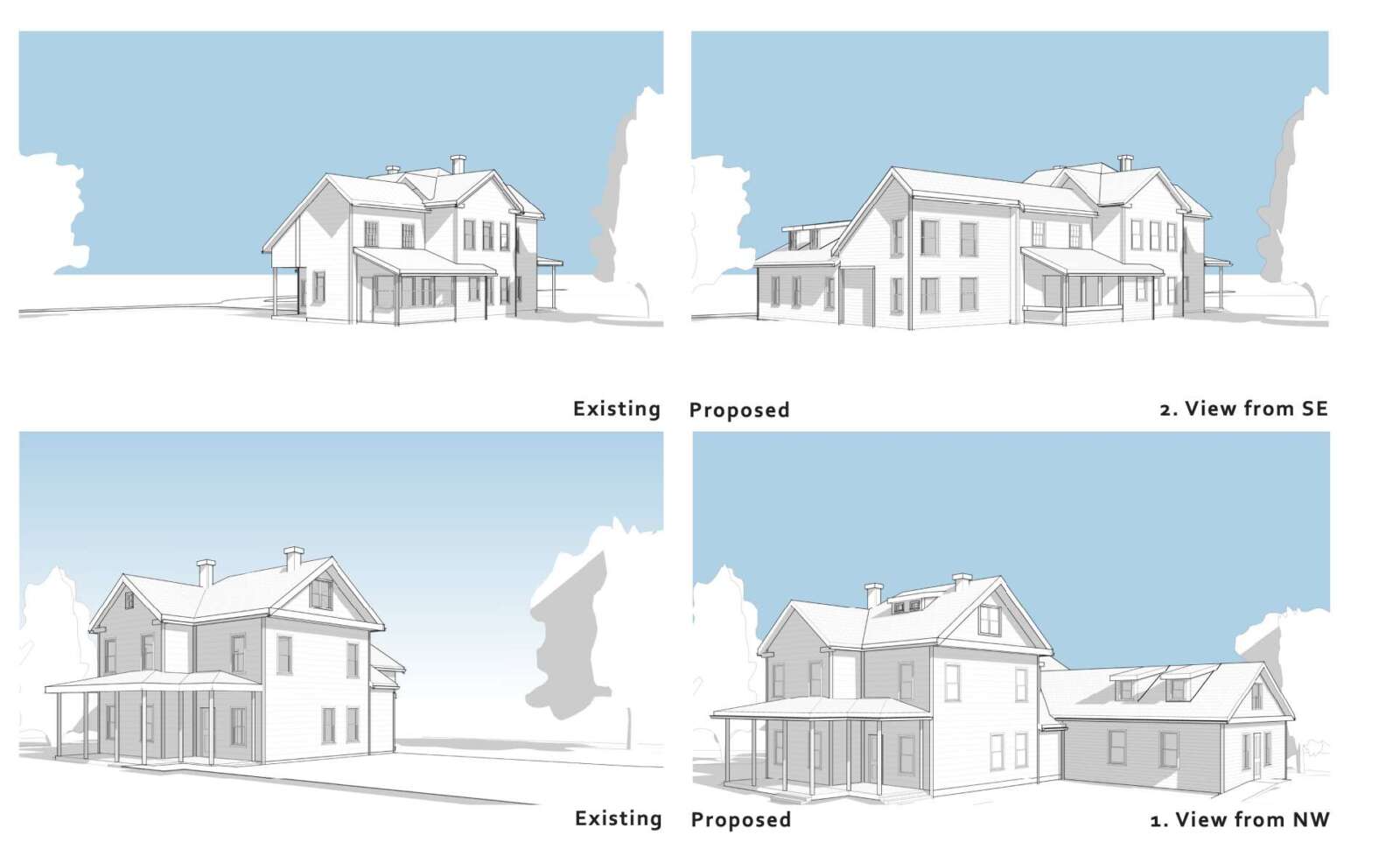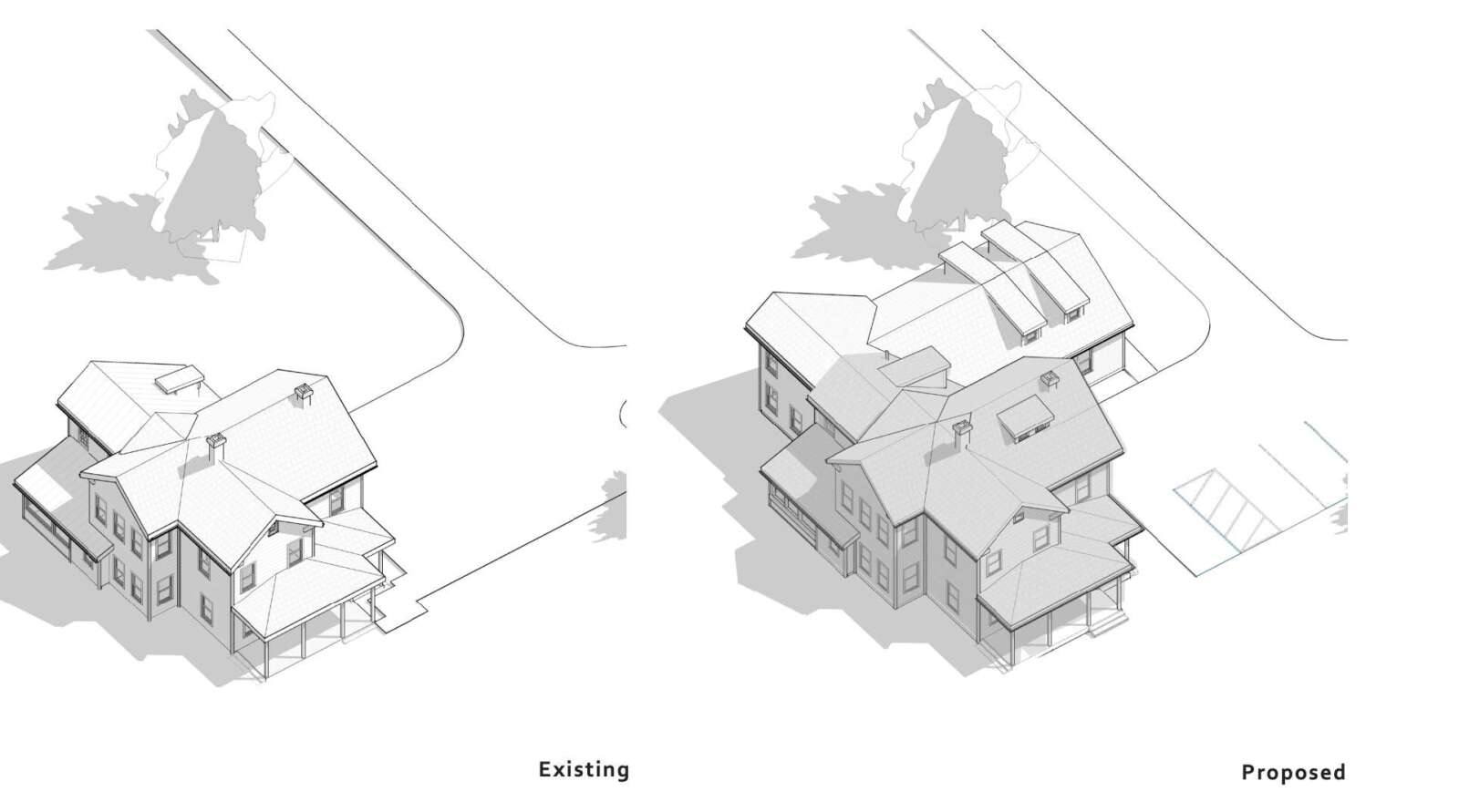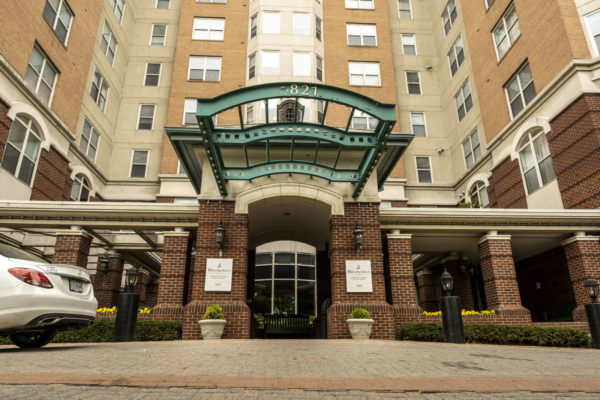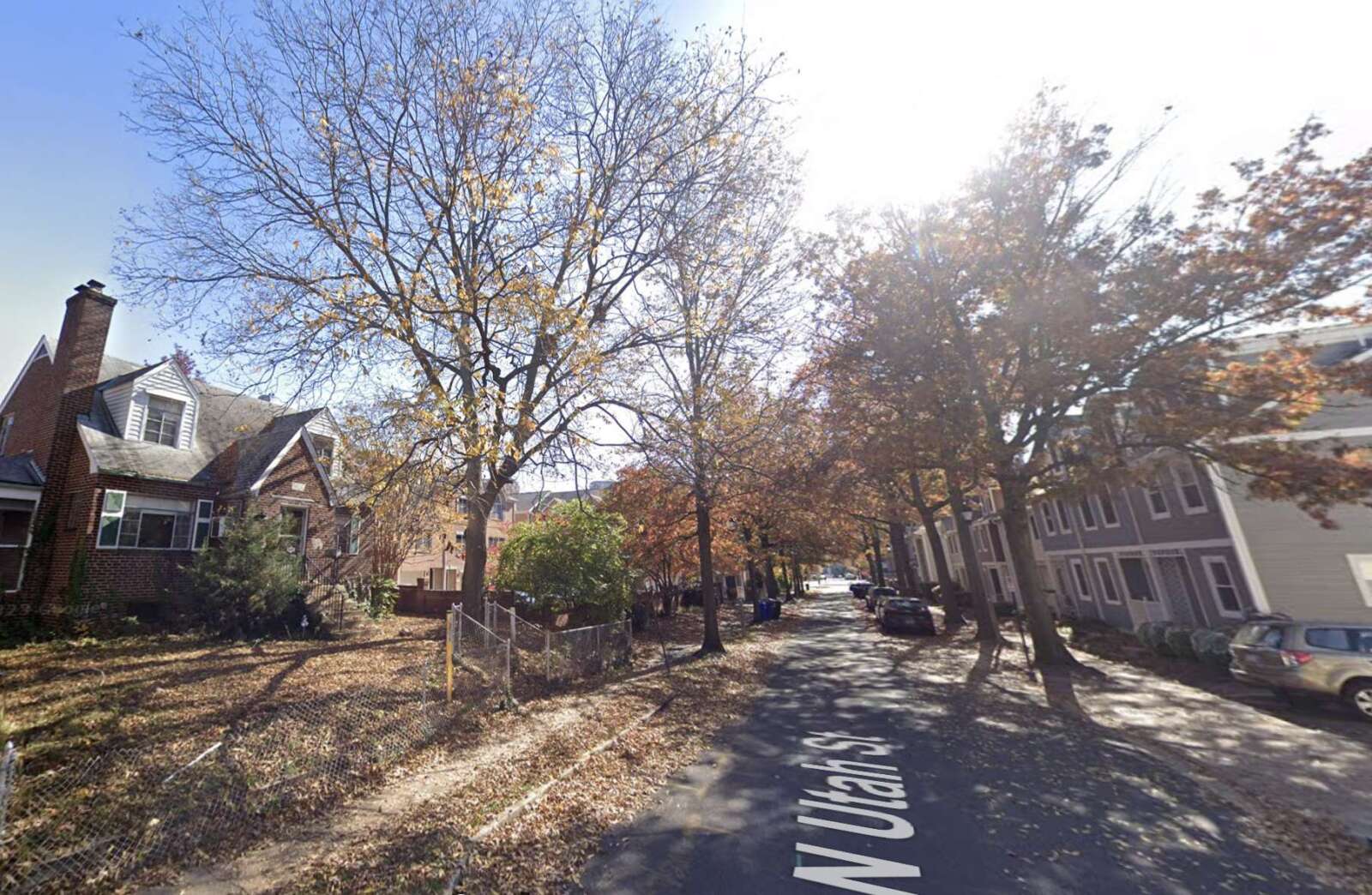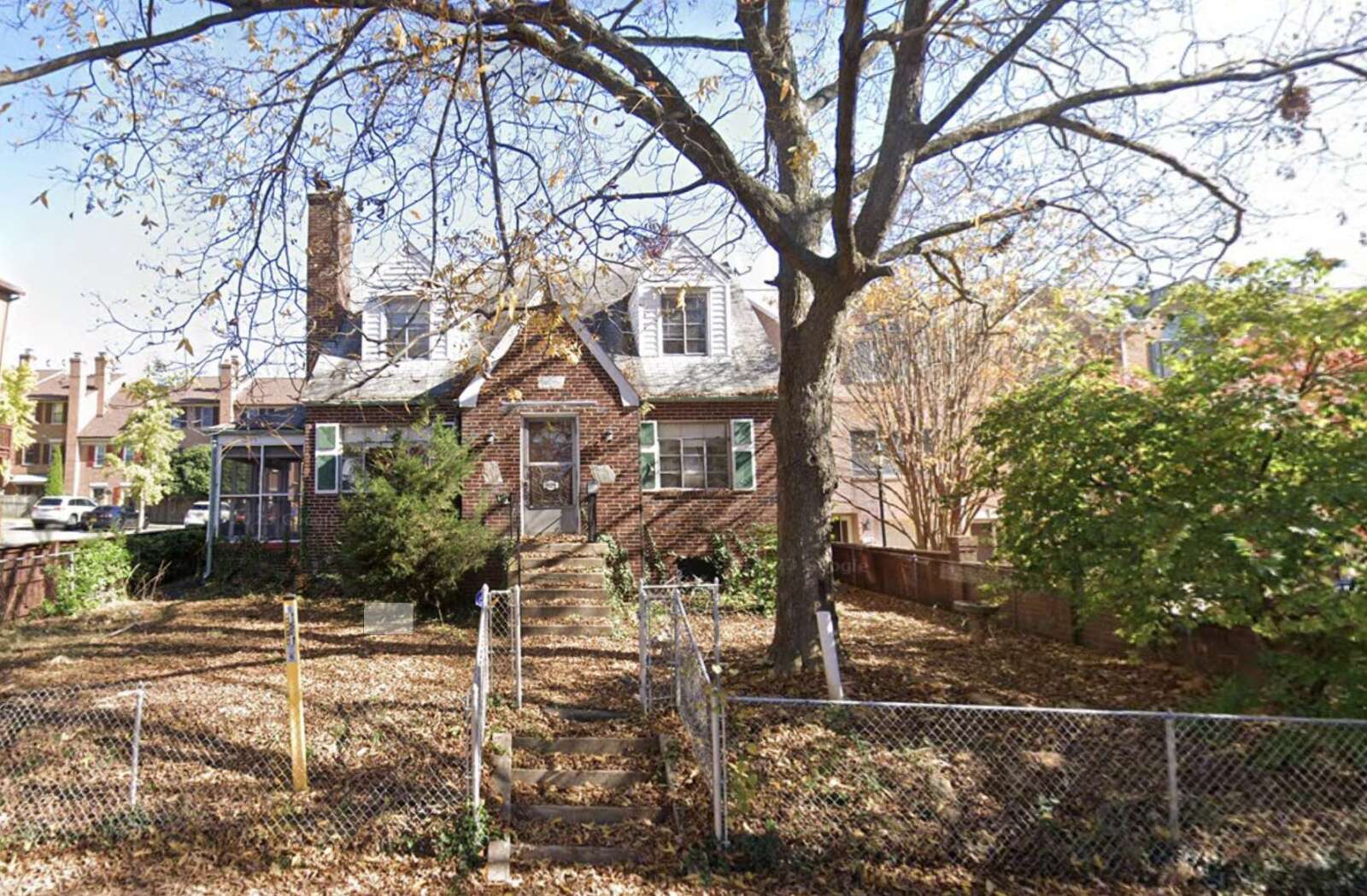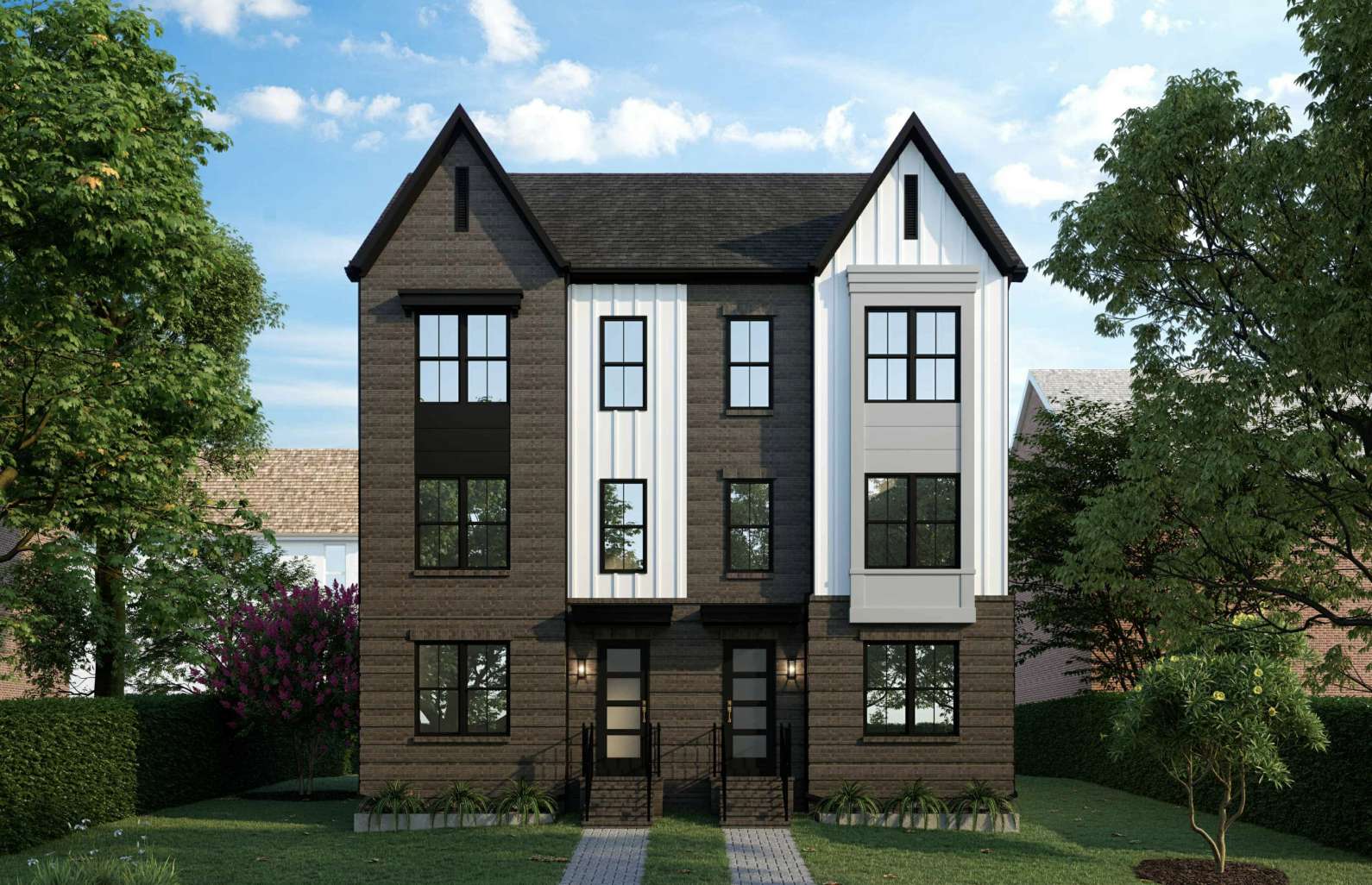(Updated 10:30 a.m.) Where the prosaic golden arches of the stand-alone McDonald’s once perched, a residential high-rise now joins the many skyscrapers defining Rosslyn’s changing skyline.
Some old landmarks have been incorporated into new high-rises, including the McDonald’s now beneath Central Place Tower on N. Lynn Street and the former Fire Station 10 at the base of The Highlands.
Others, such as Tom Sarris’ Orleans House, a fixture for nearly 50 years, were replaced with offices and a newer generation of businesses like Compass Coffee and Cava.
Although commercial office buildings have been a constant feature of Rosslyn’s skyline over the past 40 years, the last decade has seen a shift towards more living space.
Anthony Fusarelli, Arlington County’s planning director, says that out of the approximately 8 million square feet of new development planned in Rosslyn, nearly half is designated for residential use. Office space accounts for roughly 2.8 million square feet, retail occupies 171,459 square feet, and the remaining space is allocated for hotels.
The transformation reflects a broader shift the county undertook over the last 20 years to steer urban planning toward residential and mixed-use development to accommodate a growing population, boost economic activity and adapt to people’s waning enthusiasm for the conventional workplace.
This trend is likely to persist, not only because of changes in work patterns post-pandemic, but also because Arlington County is encouraging residential development in Metro-oriented Rosslyn to help address its reported shortage of housing supply.
Planning Rosslyn’s future
To understand how and why this shift occurred, Fusarelli pointed to Rosslyn’s history.
Sixty years ago, if someone had ascended the 555-foot Washington Monument and looked westward across the Potomac River, they would have seen a very different Rosslyn. The view would have been dominated by rail yards, pawnshops, oil storage tanks and other retail and industrial operations.
“So, just this mix of varied uses that is quite different from what we have today,” Fusarelli said.
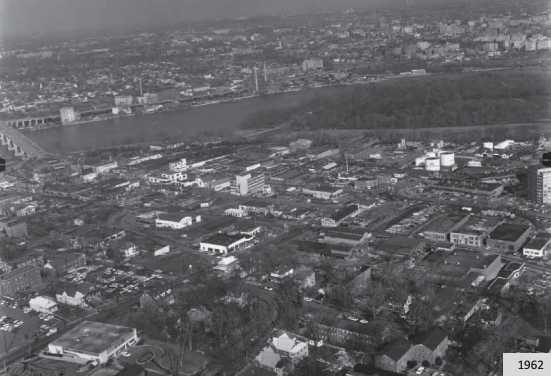
After World War II, Fusarelli said the Arlington County Board recognized the area was valuable because of its proximity to D.C. Eager to establish Rosslyn as an auxiliary office hub for the growing federal government, the county embarked on an aggressive campaign to transform the area into a vibrant business district.
“Back in the early ’60s, Arlington established a new zoning tool called the ‘site plan process,’ which incentivized private landowners to build much taller buildings, much bigger buildings, in exchange for providing certain public benefits,” Fusarelli said.


